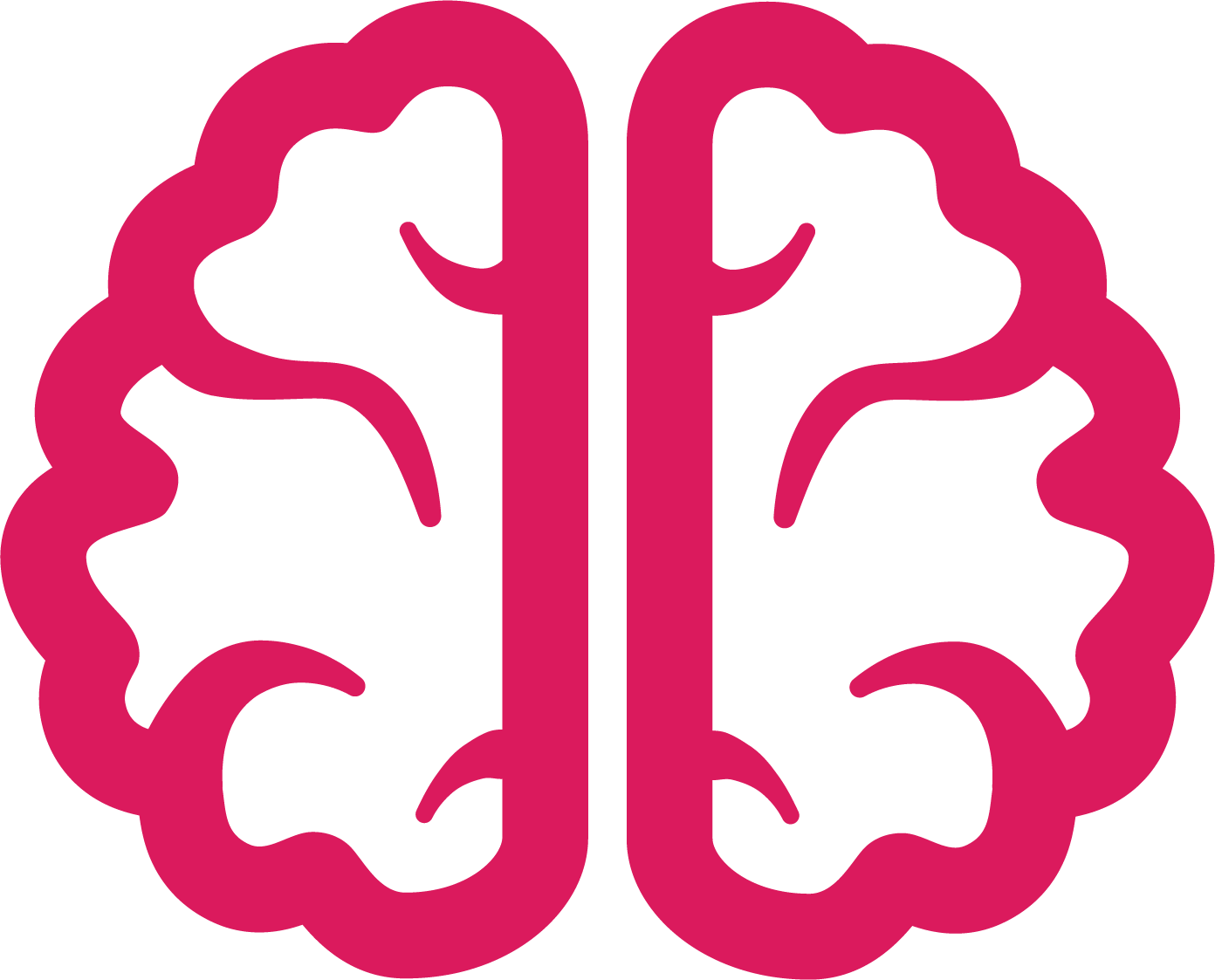References
1. Blakemore, S., & Choudhury, S. (2006). Development of the adolescent brain: Implications for executive function and social cognition. Journal of Child Psychology and Psychiatry, 47(3-4), 296-312.
2. Paunesku, D., Walton, G. M., Romero, C., Smith, E. N., Yeager, D. S., & Dweck, C. S. (2015). Mind-Set Interventions Are a Scalable Treatment for Academic Underachievement. Psychological Science, 26(6), 784-793.
3. Ramsden, S., Richardson, F. M., Josse, G., Thomas, M. S., Ellis, C., Shakeshaft, C., Seghier, M. L., Price, C. J. (2011). Verbal and non-verbal intelligence changes in the teenage brain. Nature, 479(7371), 113-116.
4. Firestein, S. (2013, February). The pursuit of ignorance. https://www.ted.com/talks/stuart_firestein_the_pursuit_of_ignorance?language=en.
5. D’Mello, S., Lehman, B., Pekrun, R., & Graesser, A. (2014). Confusion can be beneficial for learning. Learning and Instruction, 29, 153-170.
6. Briceño, E. (2015, November 23). Why Understanding These Four Types of Mistakes Can Help Us Learn.http://ww2.kqed.org/mindshift/2015/11/23/why-understanding-these-four-types-of-mistakes-can-help-us-learn/.
7. Carskadon, M. A. (2011). Sleep’s effects on cognition and learning in adolescence. Progress in Brain Research: Human Sleep and Cognition Part II - Clinical and Applied Research, 190, 137-143.
8. Owens, J. (2014). Insufficient Sleep in Adolescents and Young Adults: An Update on Causes and Consequences. Pediatrics, 134(3).
9. Gomez-Pinilla, F., & Tyagi, E. (2013). Diet and cognition. Current Opinion in Clinical Nutrition and Metabolic Care, 16(6), 726-733.
10. Gómez-Pinilla, F. (2008). Brain foods: The effects of nutrients on brain function. Nature Reviews Neuroscience, 9(7), 568-578.
11. Gomez-Pinilla, F., & Hillman, C. (2013). The Influence of Exercise on Cognitive Abilities. Comprehensive Physiology.
12. Voss, M. W., Carr, L. J., Clark, R., & Weng, T. (2014). Revenge of the “sit” II: Does lifestyle impact neuronal and cognitive health through distinct mechanisms associated with sedentary behavior and physical activity? Mental Health and Physical Activity, 7(1), 9-24.
13. Dalton, M. (2008, October/November). Beyond the chair: It's time to rethink ergonomics. Portland Spaces, 103-108.
14. Scherf, K. S., Smyth, J. M., & Delgado, M. R. (2013). The amygdala: An agent of change in adolescent neural networks. Hormones and Behavior, 64(2), 298-313.
15. Mcewen, B. S., Bowles, N. P., Gray, J. D., Hill, M. N., Hunter, R. G., Karatsoreos, I. N., & Nasca, C. (2015). Mechanisms of stress in the brain. Nature Neuroscience, 18(10), 1353-1363.
16. Kraag, G., Zeegers, M. P., Kok, G., Hosman, C., & Abu-Saad, H. H. (2006). School programs targeting stress management in children and adolescents: A meta-analysis. Journal of School Psychology, 44(6), 449-472.
17. Core, L. (2015). Dutch teen's ocean-cleaning invention to launch next year. http://grist.org/business-technology/dutch-teens-ocean-cleaning-invention-to-launch-next-year.
18. Gambino, M. (2014). Google Thinks These 18 Teenagers Will Change the World. http://www.smithsonianmag.com/science-nature/google-thinks-these-18-teenagers-will-change-the-world.



